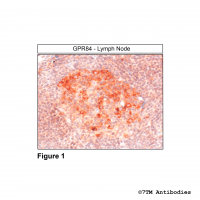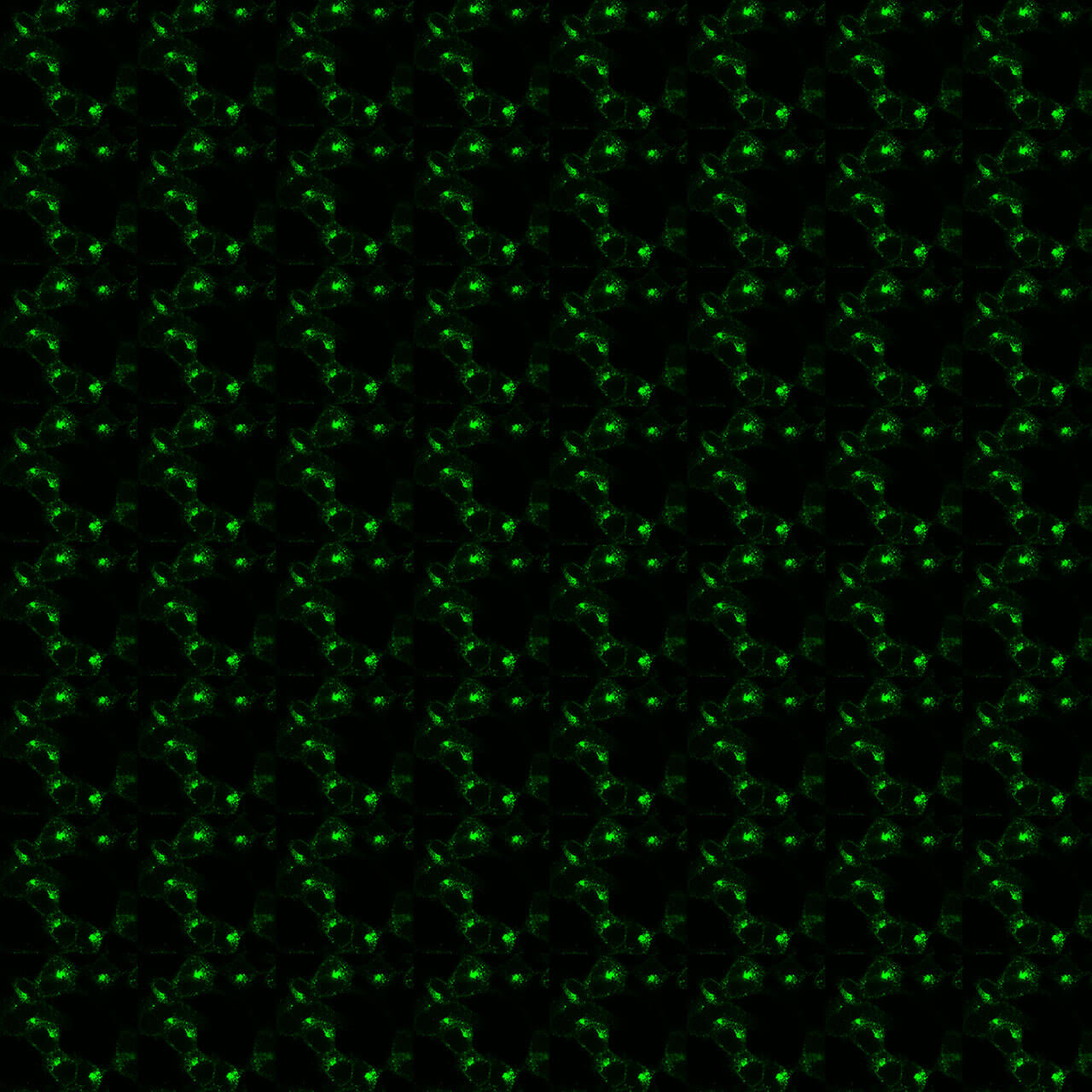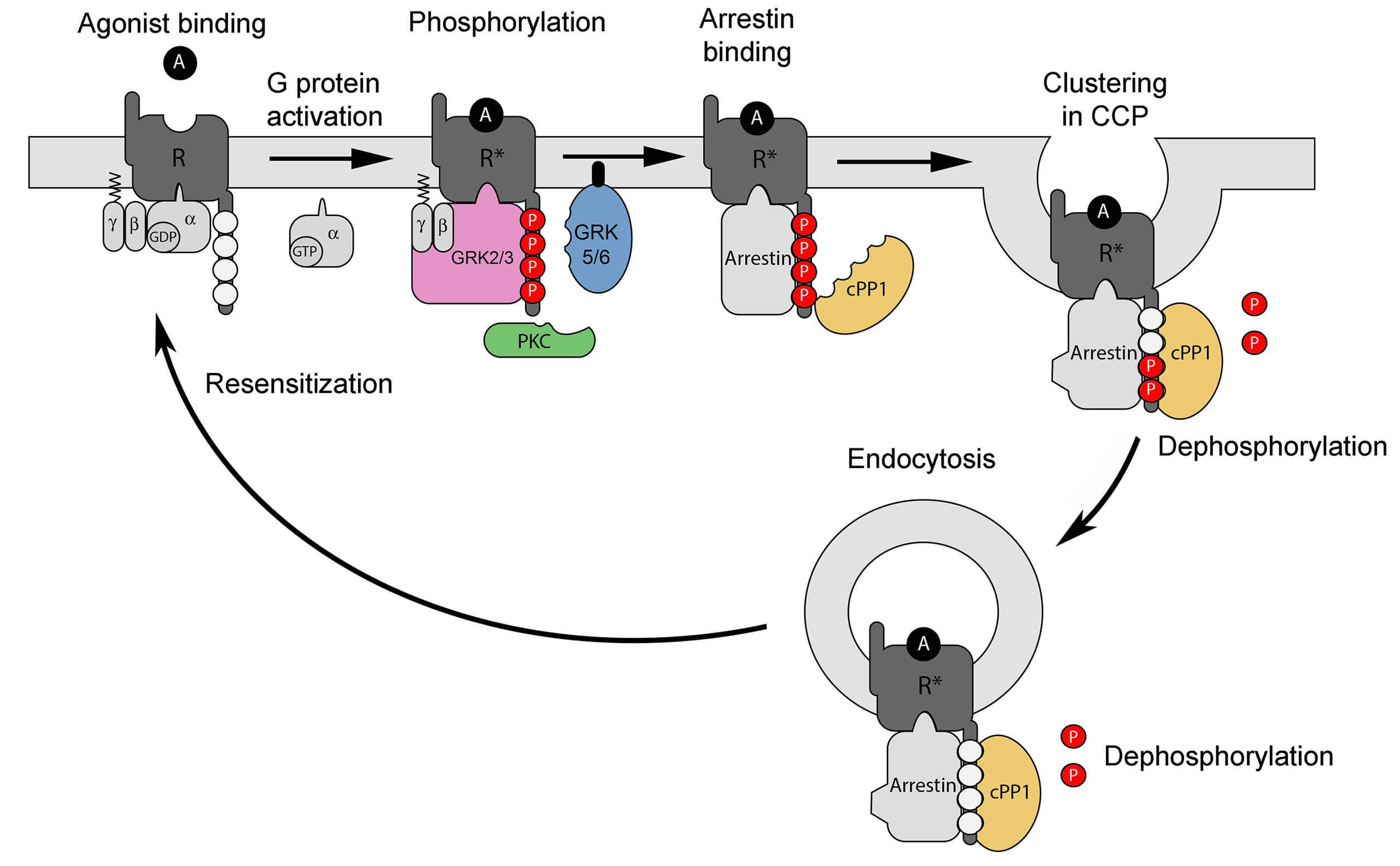No results were found for the filter!
NEW
 GCGR (non-phospho) Glucagon Receptor Antibody
GCGR (non-phospho) Glucagon Receptor Antibody The non-phospho GCGR antibody is directed against the distal end of the carboxyl-terminal tail of human GCGR. It can be used to detect total GCGR receptors in Western blots independent of phosphorylation. It can also be used to isolate...
$ 375.00 *
NEW
 GIPR (non-phospho) Gastric Inhibitory...
GIPR (non-phospho) Gastric Inhibitory... The non-phospho GIPR antibody is directed against the distal end of the carboxyl-terminal tail human GIPR. It can be used to detect total GIPR receptors in Western blots independent of phosphorylation. It can also be used to isolate and...
$ 375.00 *
Citations
NEW
 GPR84 (IHC-grade), G Protein-Coupled Receptor...
GPR84 (IHC-grade), G Protein-Coupled Receptor... The GPR84 antibody is directed against the distal end of the carboxyl-terminal tail of human GRP84. It can be used to detect total GPR84 receptors in Western blots independent of phosphorylation. The GPR84 antibody can also be used to...
$ 375.00 *
NEW
 pS594/pT597/pS599-SMO (phospho-SMO Receptor...
pS594/pT597/pS599-SMO (phospho-SMO Receptor... Serine594/Threonine597/Serine599 (S594/S597/S599) is major GRK2 phosphorylation site of the SMO receptor. The pS594/pT597/pS599-SMO antibody detects phosphorylation in response to agonists. The pS594/pT597/pS599-SMO antibody can be used...
$ 375.00 *
NEW
 pS594/pT597/pS599-SMO (phospho-SMO Receptor...
pS594/pT597/pS599-SMO (phospho-SMO Receptor... Serine594/Threonine597/Serine599 (S594/T597/S599) is major GRK2 phosphorylation site of the SMO receptor. The pS594/pT597/pS599-SMO antibody detects phosphorylation in response to agonists. The pS594/pT597/pS599-SMO antibody can be used...
$ 500.00 *
NEW
 DOP (GP-non-phospho) δ-Opioid Receptor...
DOP (GP-non-phospho) δ-Opioid Receptor... The non-phospho-δ-opioid receptor antibody is directed against the distal end of the carboxyl-terminal tail of mouse, rat and human DOP. It can be used to detect total DOP receptors in Western blots independent of phosphorylation.
$ 375.00 *
NEW
 pS335/pS337-S1P3 (phospho-Sphingosine...
pS335/pS337-S1P3 (phospho-Sphingosine... Serine335/Serine337 (S335/S337) is major phosphorylation site of the Sphingosine 1-Phosphate Receptor 3 (S1P3). The pS335/pS337-S1P3 antibody detects phosphorylation in response to agonists. S335/S337 phosphorylation is likely to be...
$ 375.00 *
NEW
 GPR17 (GP-IHC-grade), G Protein-Coupled...
GPR17 (GP-IHC-grade), G Protein-Coupled... The GPR17 antibody is directed against the distal end of the carboxyl-terminal tail of mouse, rat and human GRP17. It can be used to detect total GPR17 receptors in Western blots independent of phosphorylation. The GPR17 antibody can...
$ 375.00 *
NEW
 FPR2 (IHC-grade), Formylpeptide Receptor 2...
FPR2 (IHC-grade), Formylpeptide Receptor 2... The FPR2 antibody is directed against the distal end of the carboxyl-terminal tail of mouse, rat and human FPR2. It can be used to detect total FPR2 receptors in Western blots independent of phosphorylation. The FPR2 antibody can also be...
$ 375.00 *
NEW
 GCGR (IHC-grade), Glucagon Receptor Antibody
GCGR (IHC-grade), Glucagon Receptor Antibody The GCGR antibody is directed against the distal end of the carboxyl-terminal tail of mouse, rat and human GCGR. It can be used to detect total GCGR receptors in Western blots independent of phosphorylation. The GCGR antibody can also be...
$ 375.00 *
NEW
 GPR82 (IHC-grade), G Protein-Coupled Receptor...
GPR82 (IHC-grade), G Protein-Coupled Receptor... The GPR82 antibody is directed against the distal end of the carboxyl-terminal tail of mouse, rat and human GRP82. It can be used to detect total GPR82 receptors in Western blots independent of phosphorylation. The GPR82 antibody can...
$ 375.00 *
NEW
 GPR65 (IHC-grade), G Protein-Coupled Receptor...
GPR65 (IHC-grade), G Protein-Coupled Receptor... The GPR65 antibody is directed against the distal end of the carboxyl-terminal tail of mouse, rat and human GRP65. It can be used to detect total GPR65 receptors in Western blots independent of phosphorylation. The GPR65 antibody can...
$ 375.00 *
NEW
 GPR61 (IHC-grade), G Protein-Coupled Receptor...
GPR61 (IHC-grade), G Protein-Coupled Receptor... The GPR61 antibody is directed against the distal end of the carboxyl-terminal tail of mouse, rat and human GRP61. It can be used to detect total GPR61 receptors in Western blots independent of phosphorylation. The GPR61 antibody can...
$ 375.00 *
NEW
 GPR3 (IHC-grade), G Protein-Coupled Receptor 3...
GPR3 (IHC-grade), G Protein-Coupled Receptor 3... The GPR3 antibody is directed against the distal end of the carboxyl-terminal tail of mouse, rat and human GRP3. It can be used to detect total GPR3 receptors in Western blots independent of phosphorylation. The GPR3 antibody can also be...
$ 375.00 *
NEW
 pS331/pT332-LPA2 (phospho-Lysophosphatidic Acid...
pS331/pT332-LPA2 (phospho-Lysophosphatidic Acid... Serine331/Threonine332 (S331/T332) is major phosphorylation site of the Lysophosphatidic Acid Receptor 2 (LPA2). pS331/pT332-LPA2 antibody detects phosphorylation in response to agonists. S331/T332 phosphorylation is likely to be...
$ 375.00 *
NEW
 pT323/pS324/pS325-LPA2...
pT323/pS324/pS325-LPA2... Threonine323/Serine324/Serine325 (T323/S324/325) is major phosphorylation site of the Lysophosphatidic Acid Receptor 2 (LPA2). pT323/pS324/pS325-LPA2 antibody detects phosphorylation in response to agonists. T323/S324/325 phosphorylation...
$ 375.00 *
Recently viewed


